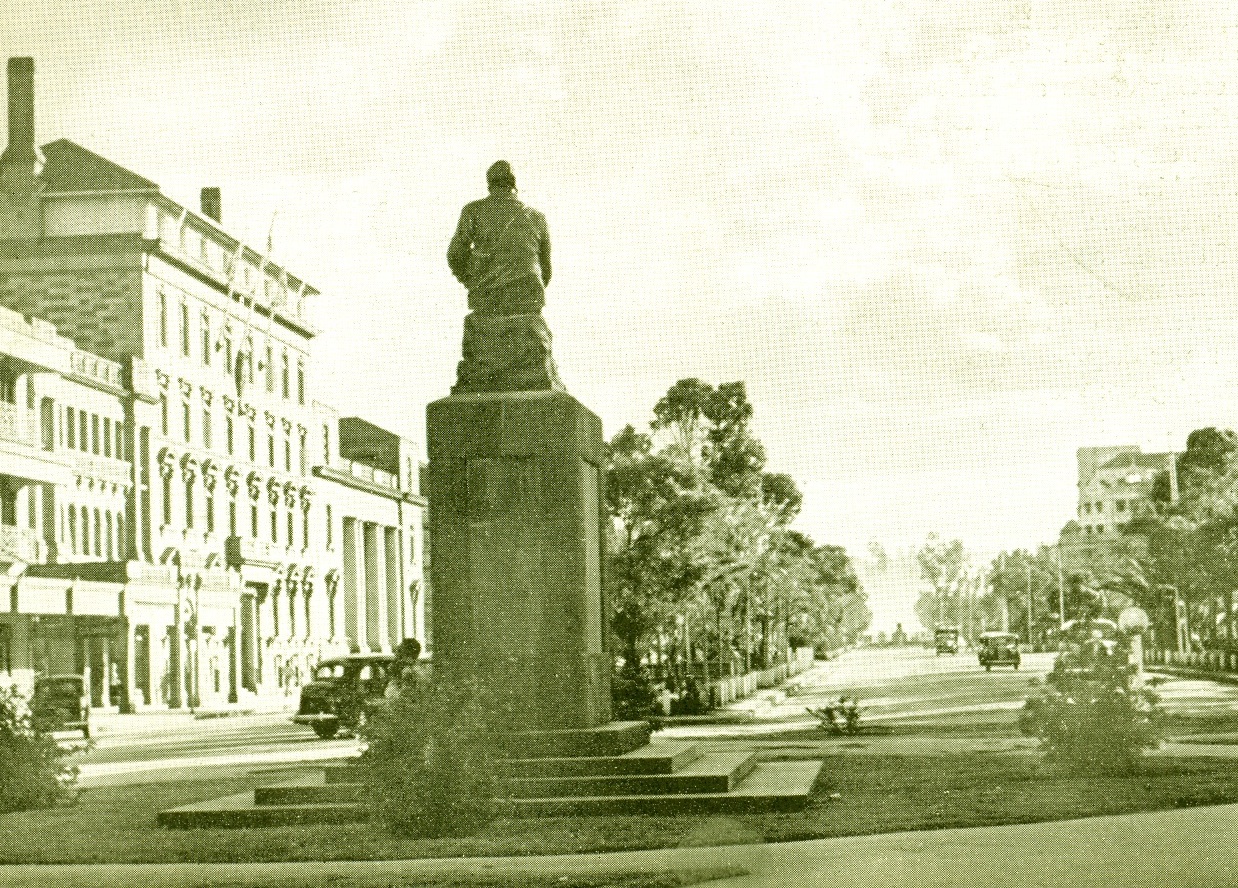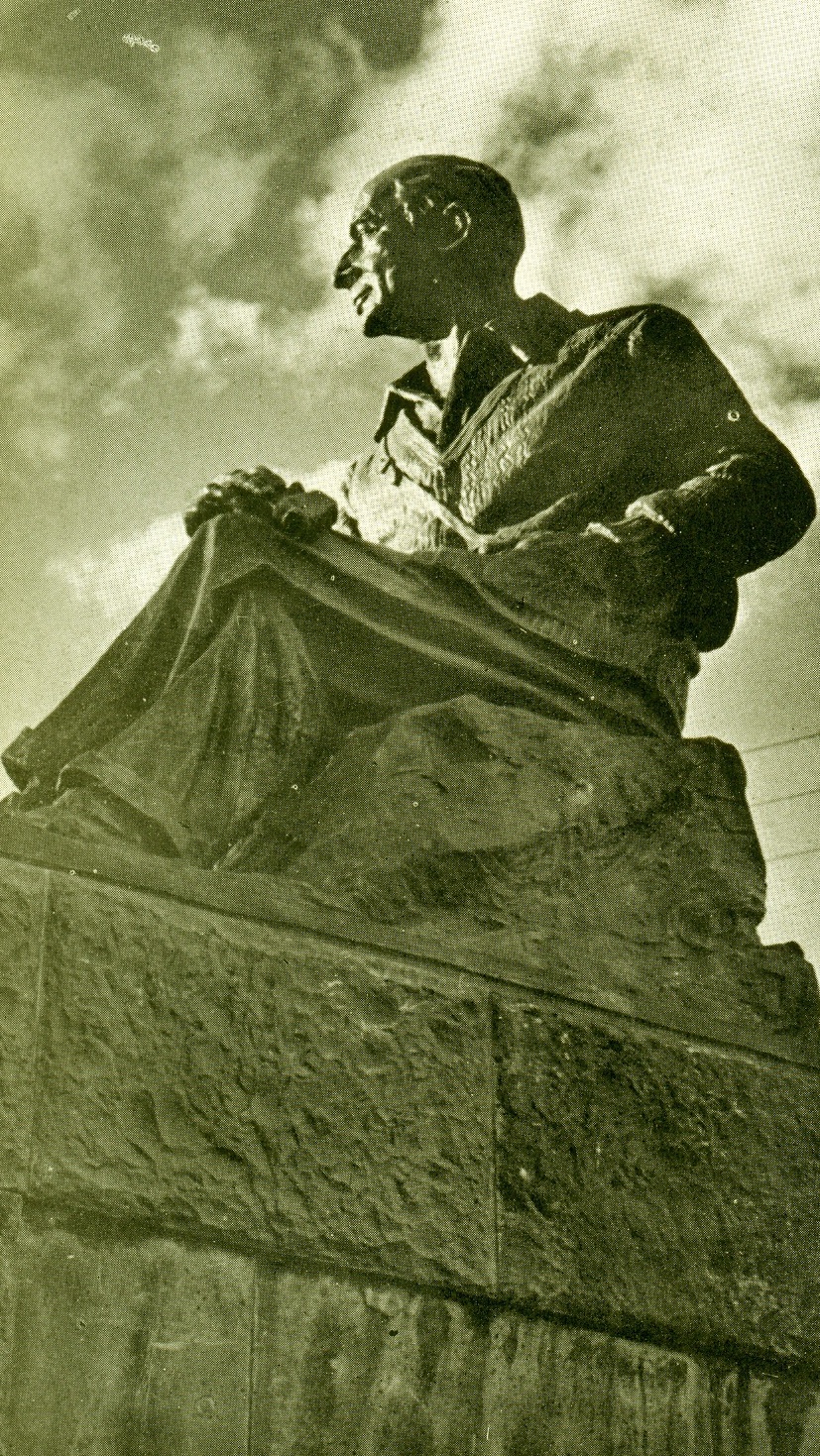The Advance to City Status 1946 -1950
The retirement of Mr C E Mortimer from the Commissioner for Local Government and Lands and his appointment as the new Member for Health and Local Government with, as it were, Cabinet status, was an event not without significance for Nairobi.Nairobi now had a friend at court who understood the land and development problems which had beset the town since the early part ofthe Century.
The laying of the twelve-inch main to Ruiru assumed the character of a military operation. In January, 1946, it was reported that African artisan works company several hundreds strong had been lent by the military and that a number of artisans were on loan from the Kenyan and Uganda Railways and Harbours; the Municipal Council was employing a number of Africans and artisans, and there were two contracting firms at work on trench-digging with their own large labour quotas. At the same time the council was askingfor new water conservation measures in the town, reviewing its water reserves and exploring possible dam sites. In March, in co-operation with the Member for Agriculture and Natural Resources a scheme was put forward for the construction of an earth dam in the Mutoini River Valley below the Royal Nairobi Golf Club. It was considered that the council should start work within seven days, working by floodlighting if necessary, in order that the dam should be ready before the onset of the long rains. The Member added,"It must of course be appreciated that embarking on emergency work of this magnitude at short notice was without meticulous technical investigation must entail an element of risk. In other words, it is a gamble which may however be justified by the present situation."

Delamere Avenue 1950

Statue of Lord Delamere
The statue of Lord Delamere emerged from its wartime place of safety.The height of buildings to be permitted in the commercial area was discussed and fixed, for it was apparent that the rising value of land had made the one-storey shop or office uneconomic and the by-laws on the subject illogical.
The formation of the municipal taxicab service with an initial quota of fifty vehicles were seriously suggested, but abandoned.

The town was rapidly becoming "demilitarised." Early in 1946, the special seats for soldiers, labelled "askari tu" were removed. The W.T.S. gave up the Loreto Convent and were concentrated with other women's services at Kenton. After March, the rent of the Servicewomen's hostel in Portal Street, hitherto paid by the town, was taken over by the Army. The broadcasting of news to Africans at the Municipal Market was discontinued. But if the withdrawal of military units lent colour to the suggestion that Nairobi would revertto prewar conditions, there were signs of other difficulties ahead. There were more Africans in employment in secondary industries in the town even more than ever before, and the council was obliged to set up an African canteen for the convenience of these artisans. Many of the Imperial troops had doffed their uniforms, but remained to settle. Housing difficulties were growing although a questionnaire in the Press elicited only twelve replies from persons interested in municipal housing. The old five-year plan which had been pigeon-holed at the beginning of the war was taken out and re-exaimed in light of the Town Planner's report which was ready in July, although the finished publications were notvon sale to the public for anothervtwenty months.
